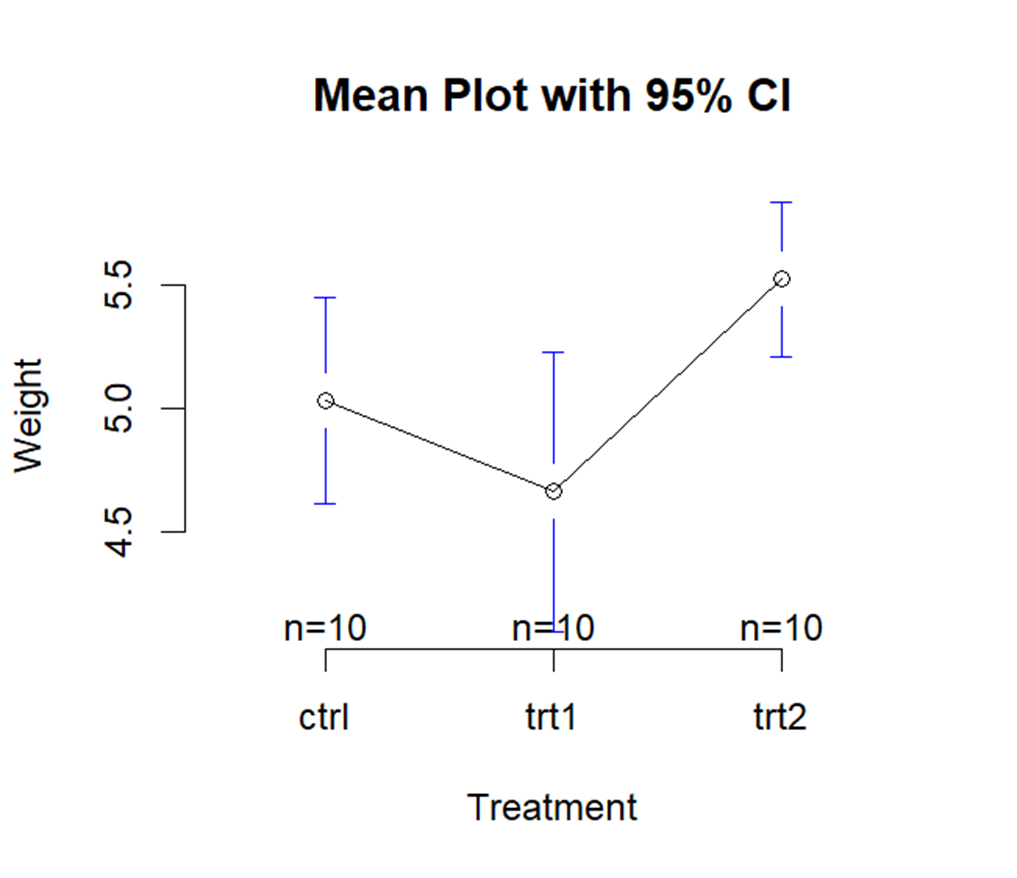Time-series analysis is a cornerstone of statistical analysis, enabling researchers to understand patterns over time and forecast future trends. A fundamental step in this analysis is decomposing time-series data, which involves separating a time series into its constituent components. This blog post provides an in-depth look at time-series decomposition in R, offering graduate students a comprehensive guide to mastering this essential technique.
The Concept of Time-Series Decomposition
Decomposition plays a pivotal role in time-series analysis by breaking down a complex time series into simpler parts. This process makes it easier to understand the underlying patterns and behaviors of the series. The primary components are:
- Seasonal Component: The seasonal component of a time series reflects the regular and predictable patterns that repeat over a specific period, such as daily, monthly, or yearly cycles. These patterns are crucial for many areas, including retail, where understanding seasonal fluctuations can help in stock planning, or in energy consumption, where seasonal trends can inform supply adjustments.
- Trend Component: The trend component captures the long-term progression of the series, showing how the data moves upwards or downwards over time. This component is essential for identifying the overall direction of the series, whether it's a steady increase in urban population over decades or a gradual decline in the use of a particular technology.
- Observed Component: The observed component is essentially the actual time series data before decomposition. In the context of decomposition analysis, it serves as the baseline from which the seasonal, trend, and random components are extracted. Analysis of the observed data provides a comprehensive view, integrating all the individual components that drive the data's behavior.
- Random (or Residual) Component: The random component, also known as residuals, represents the noise or the unpredictable part of the time series after the seasonal and trend components have been removed. This component is crucial for assessing the fit of the model.
Methods of Decomposition
Two primary methods are commonly used for time-series decomposition in R:
-
Classical Decomposition: Assumes the seasonal and trend components are additive or multiplicative. It's straightforward and works well with strong seasonality.
-
STL Decomposition (Seasonal and Trend decomposition using Loess): Provides a more flexible approach, allowing for changes in seasonality and trend behavior over time. It's particularly useful for time series with non-linear trends and changing seasonal patterns.
R Example
Try the following code:
set.seed(123) # Ensure reproducibility
n <- 100 # Number of observations
time <- 1:n
trend <- time * 5
seasonality <- sin(time / 2.5) * 100 # Adding some seasonality
noise <- rnorm(n, mean = 0, sd = 50) # Random noise
non_stationary_data <- trend + seasonality + noise
# Adjust baseline to ensure no values are 0 or negative
min_value <- min(non_stationary_data)
if (min_value <= 0) {
adjust_factor <- abs(min_value) + 1 # Ensure all values are strictly positive
non_stationary_data <- non_stationary_data + adjust_factor
}
ts_data <- ts(non_stationary_data, frequency = 12) # Convert to time series object
# Plot the non-stationary time series
plot(ts_data, main="Non-Stationary Time Series", ylab="Value", xlab="Time")
Now try decomposing these data:
decomposed_ts <- decompose(ts_data)
# Plot the decomposed components
plot(decomposed_ts)
- Observed: This is the original time series data as it was recorded. From the plot, it appears to fluctuate over time with both some regularity and some irregular patterns. This suggests the presence of a possible underlying trend and seasonality, as well as some noise.
- Trend: The trend component shows a smoother version of the series, highlighting the long-term progression or direction of the data. In this plot, the trend appears to be generally increasing over time, suggesting that there is a long-term upward movement in the observed data.
- Seasonal: The seasonal component captures the regular pattern that repeats over time. The plot displays a clear and consistent fluctuating pattern, indicating strong seasonality in the data. This pattern repeats at a constant frequency, which suggests a fixed seasonal effect within the time series.
- Random (or Residual): The random component represents the noise or irregularities in the data after the trend and seasonal components have been accounted for. These are the fluctuations that are not explained by the trend or seasonal components. In the plot, the random component shows irregular, seemingly unpredictable fluctuations around a zero line, which indicates the noise left in the series after removing the explained components.
Conclusion
Decomposition is an indispensable tool in time-series analysis, providing clarity and insights into complex datasets. For graduate students embarking on their journey in statistical analysis, mastering decomposition techniques in R is crucial. It not only enhances their analytical capabilities but also equips them with the skills to tackle real-world problems using time-series data.
BridgeText can help you with all of your statistics needs.





